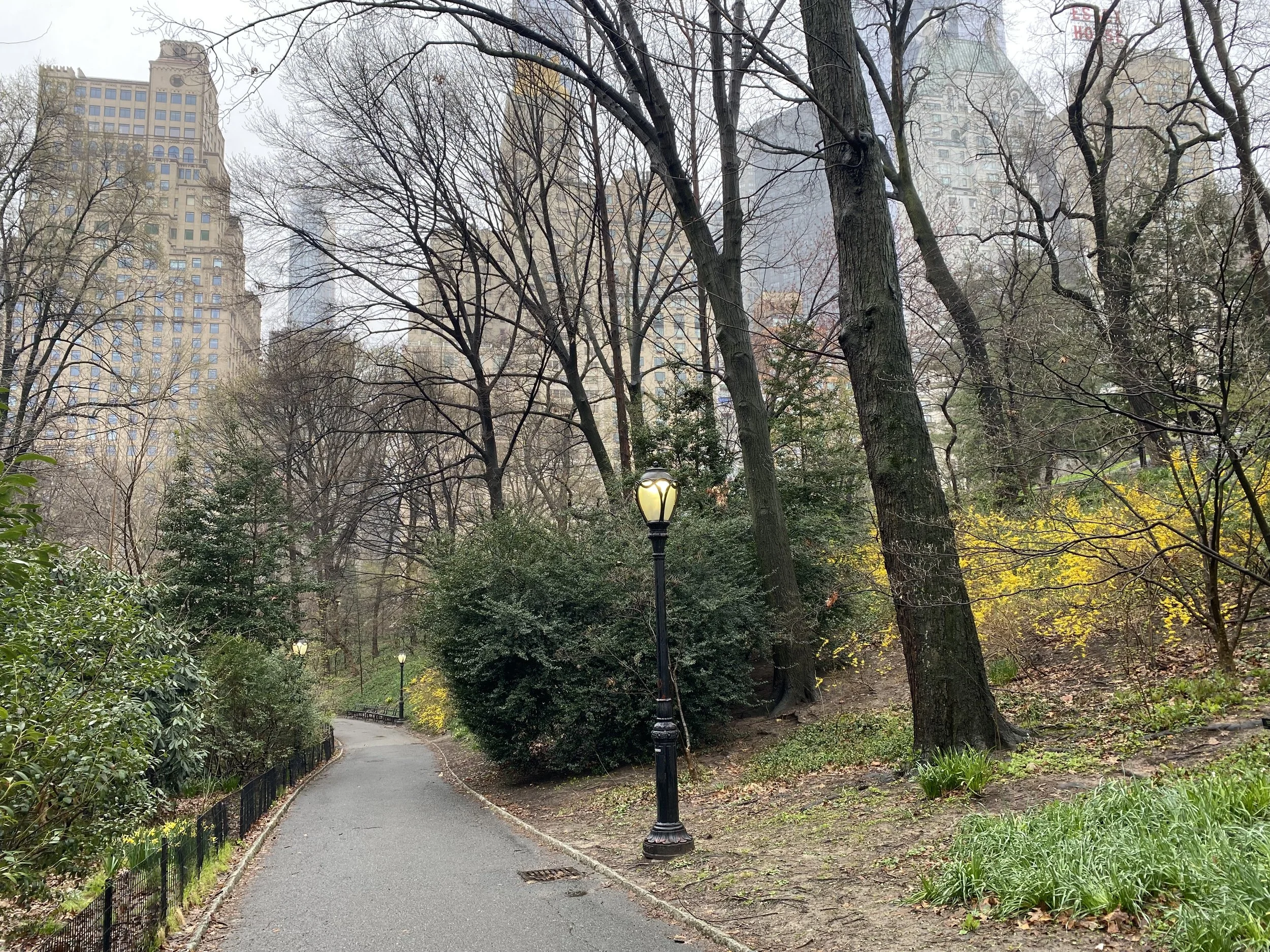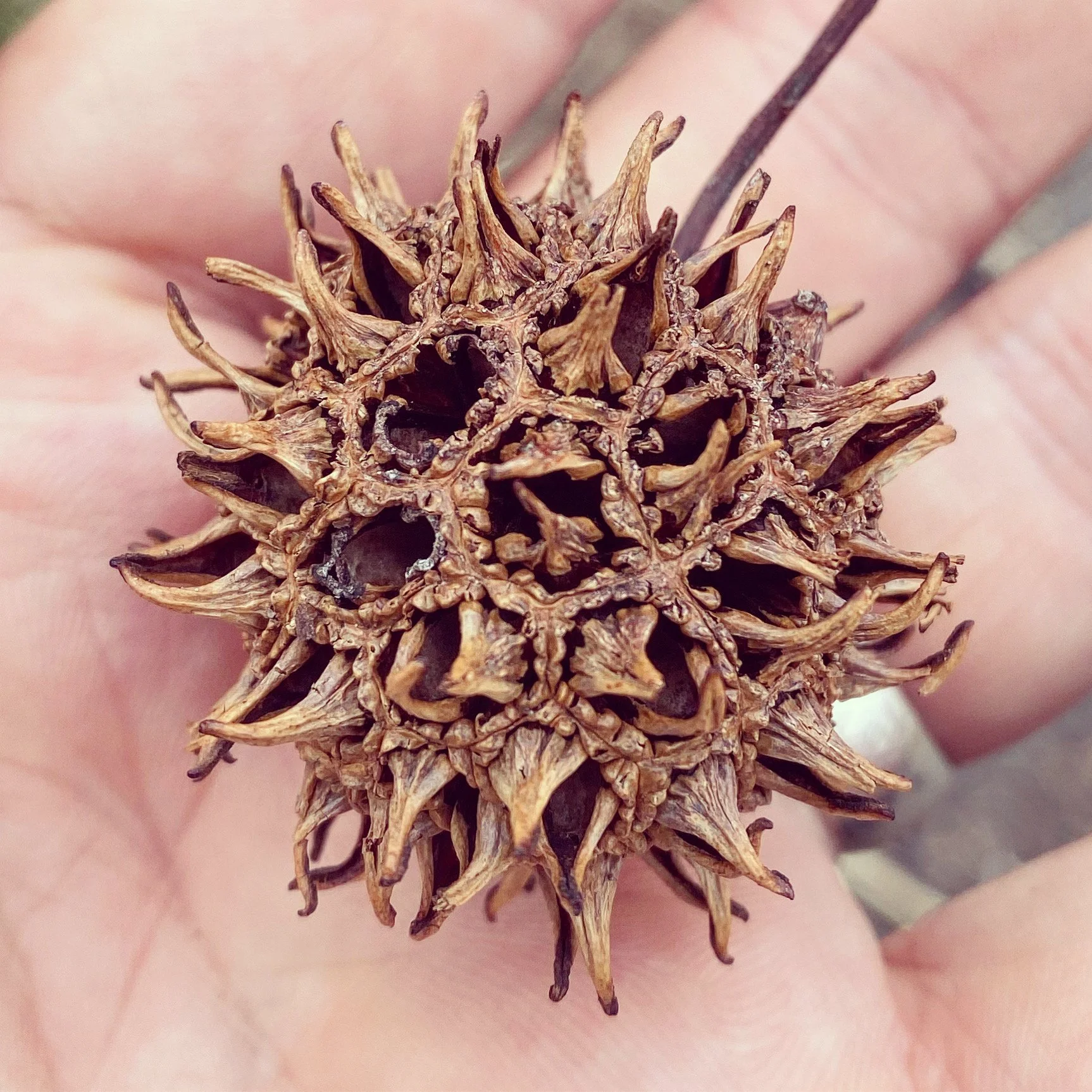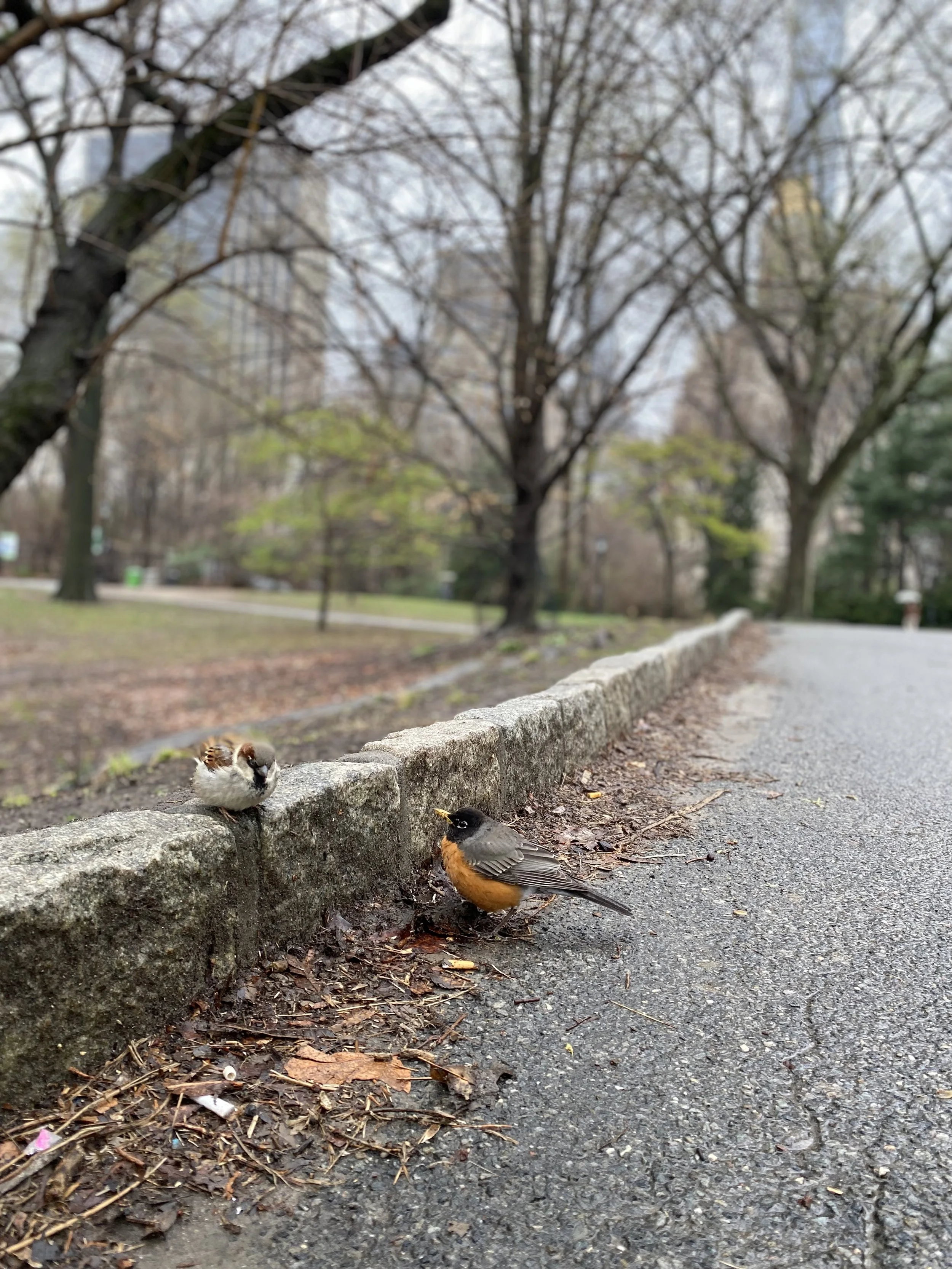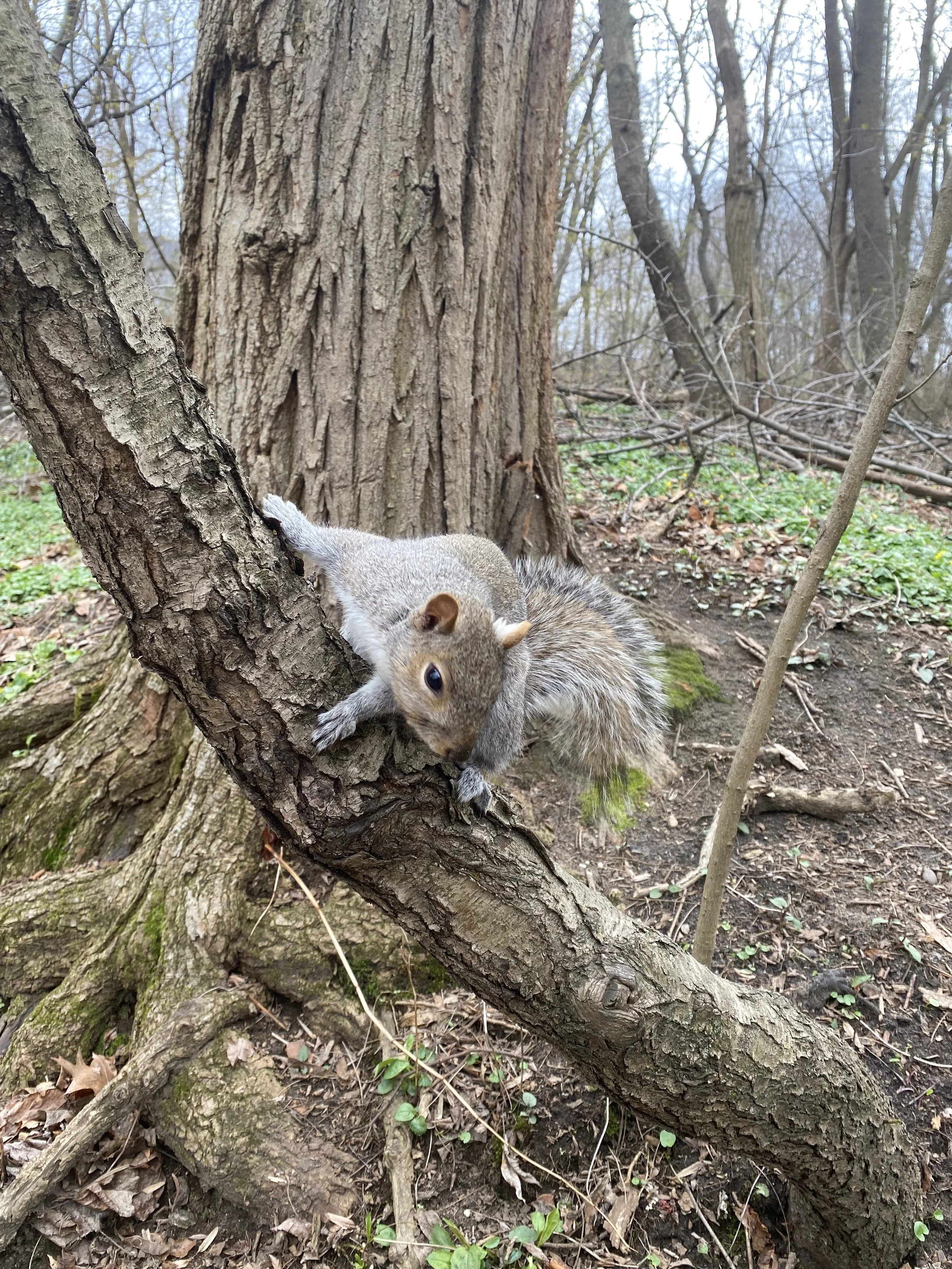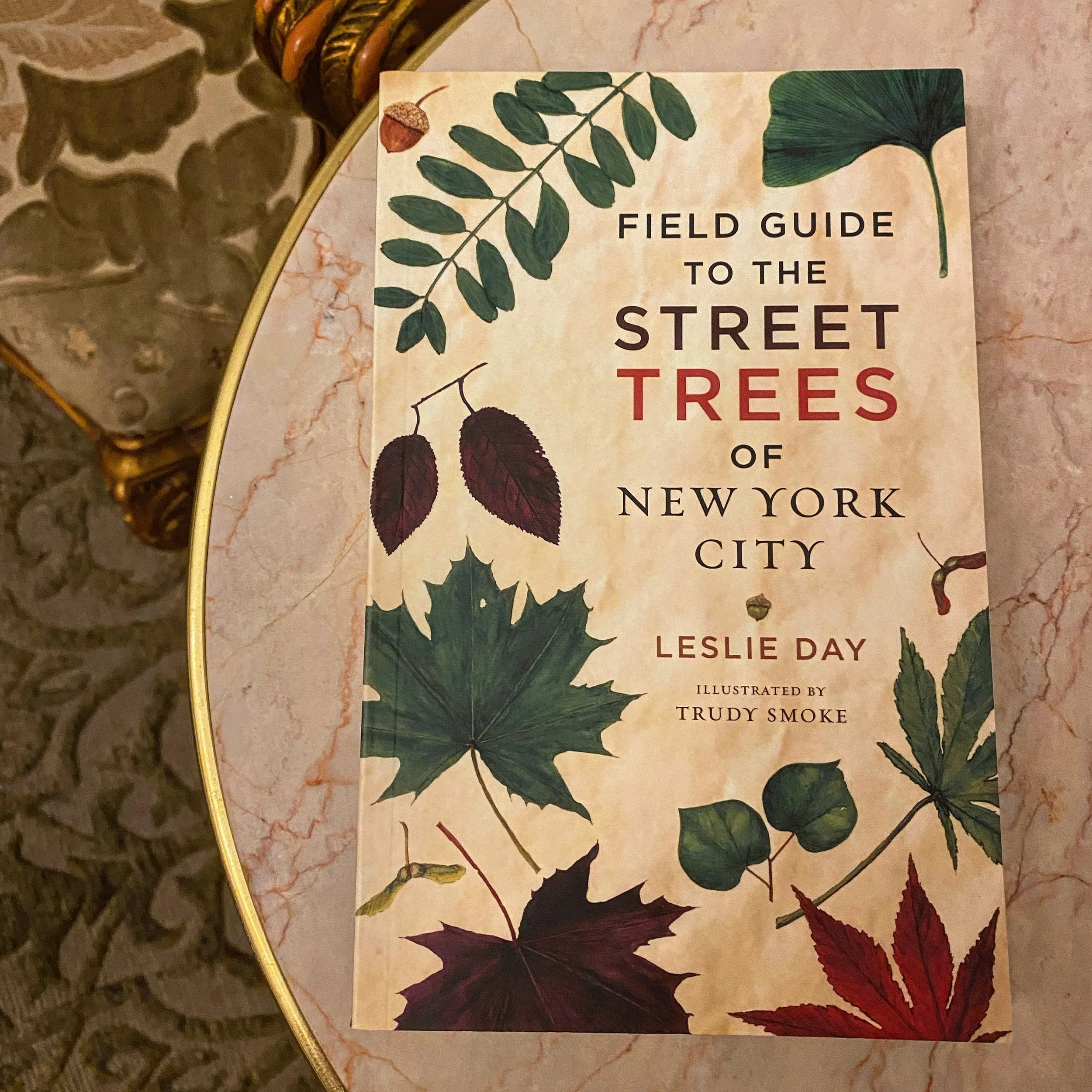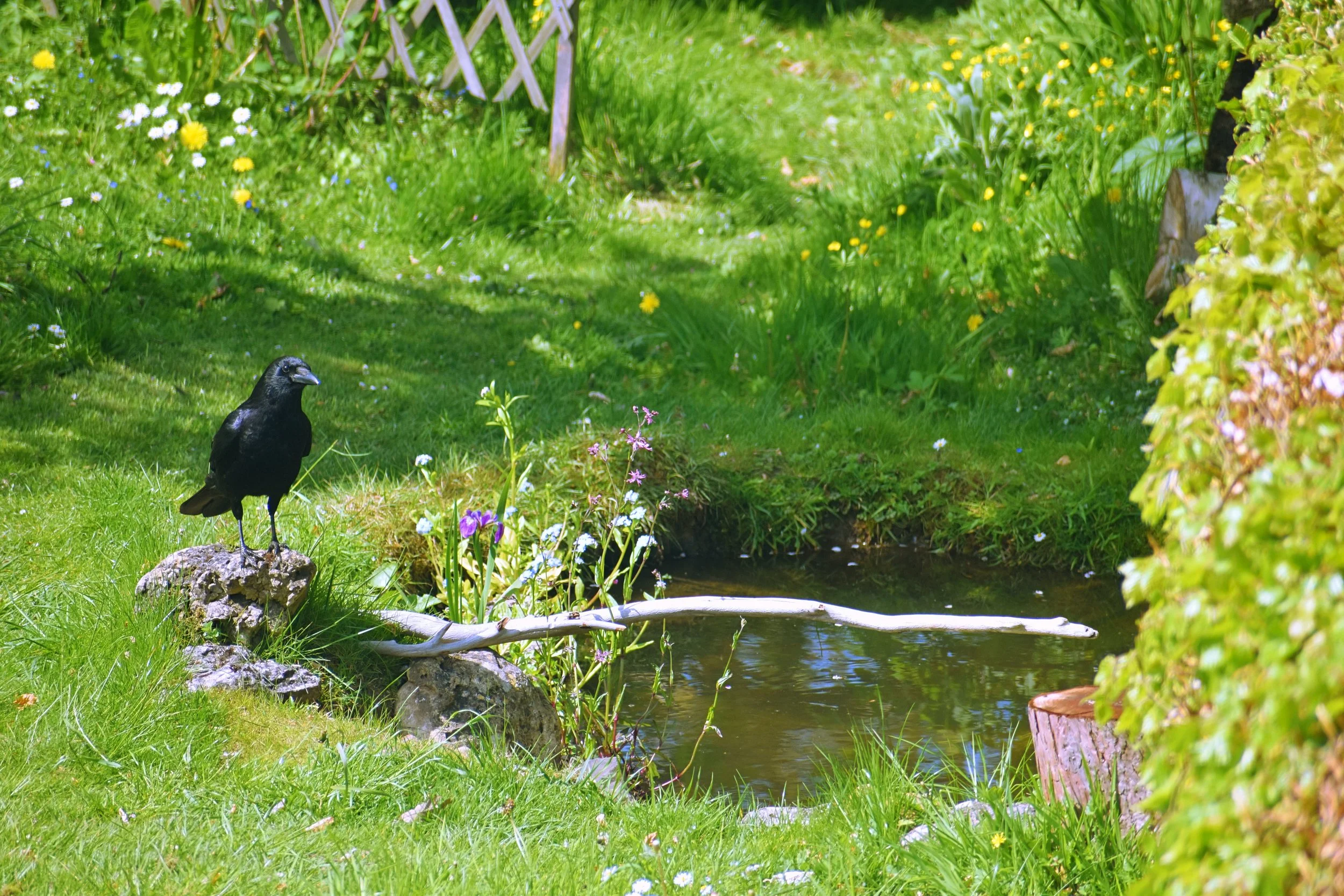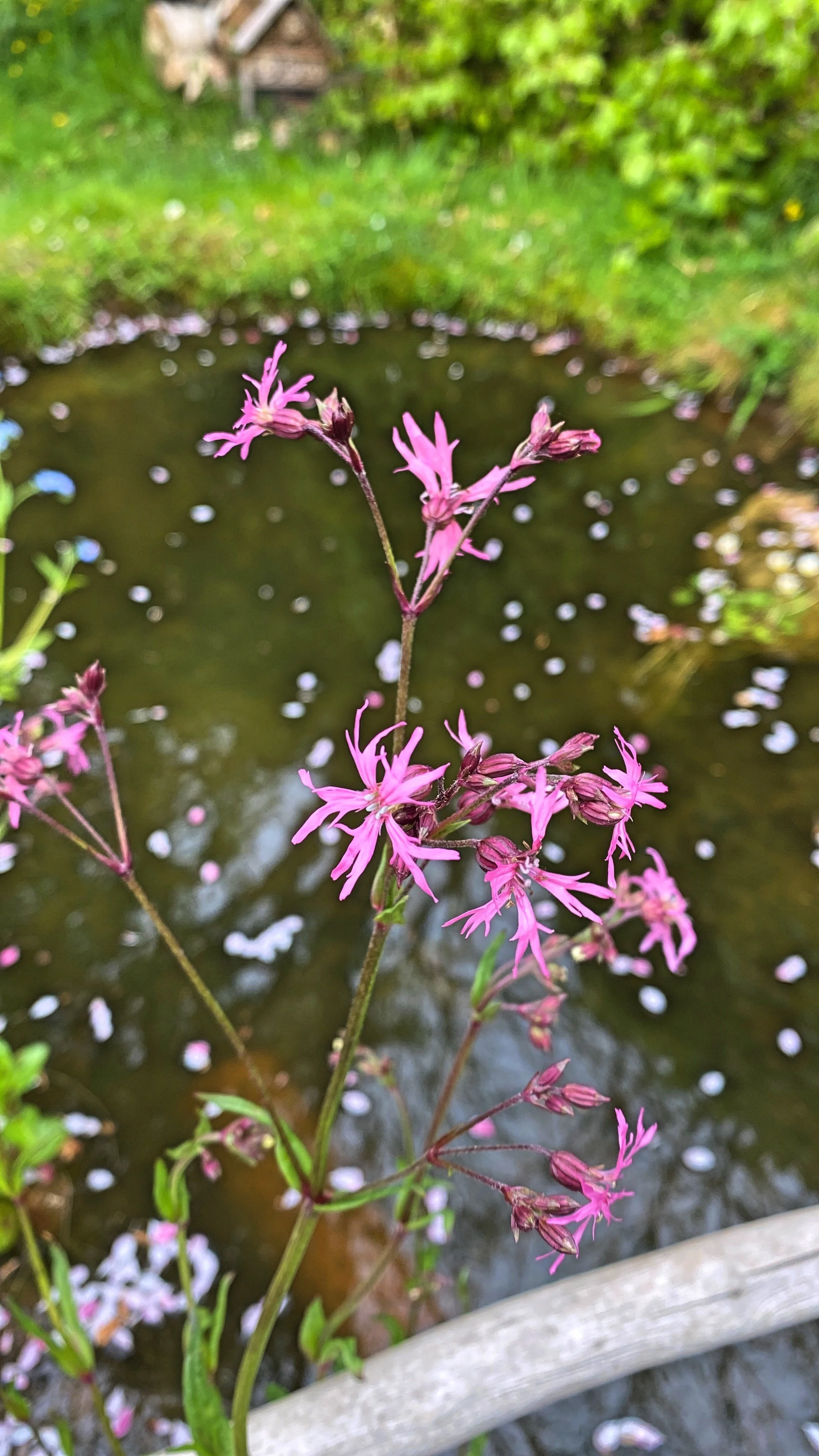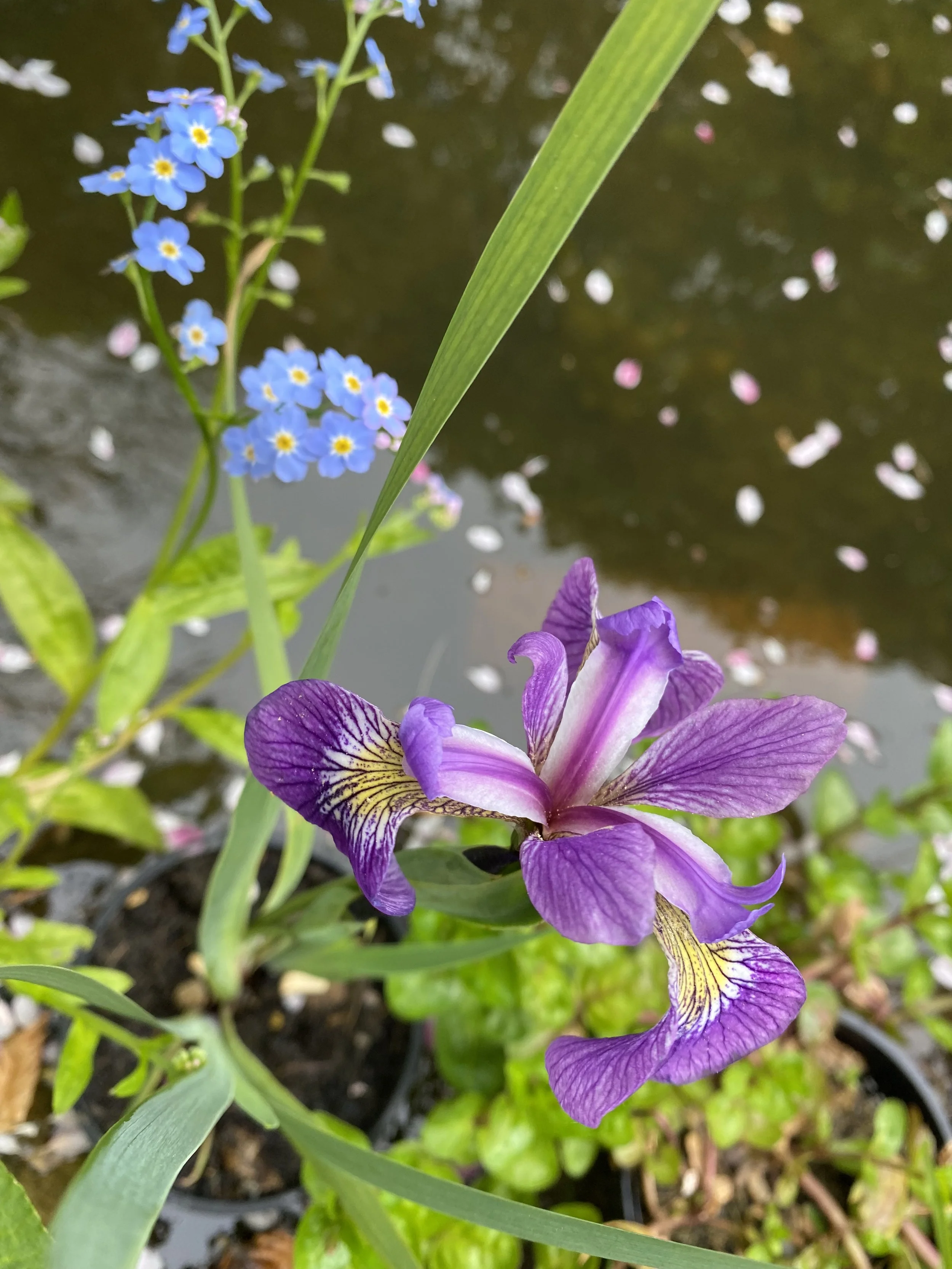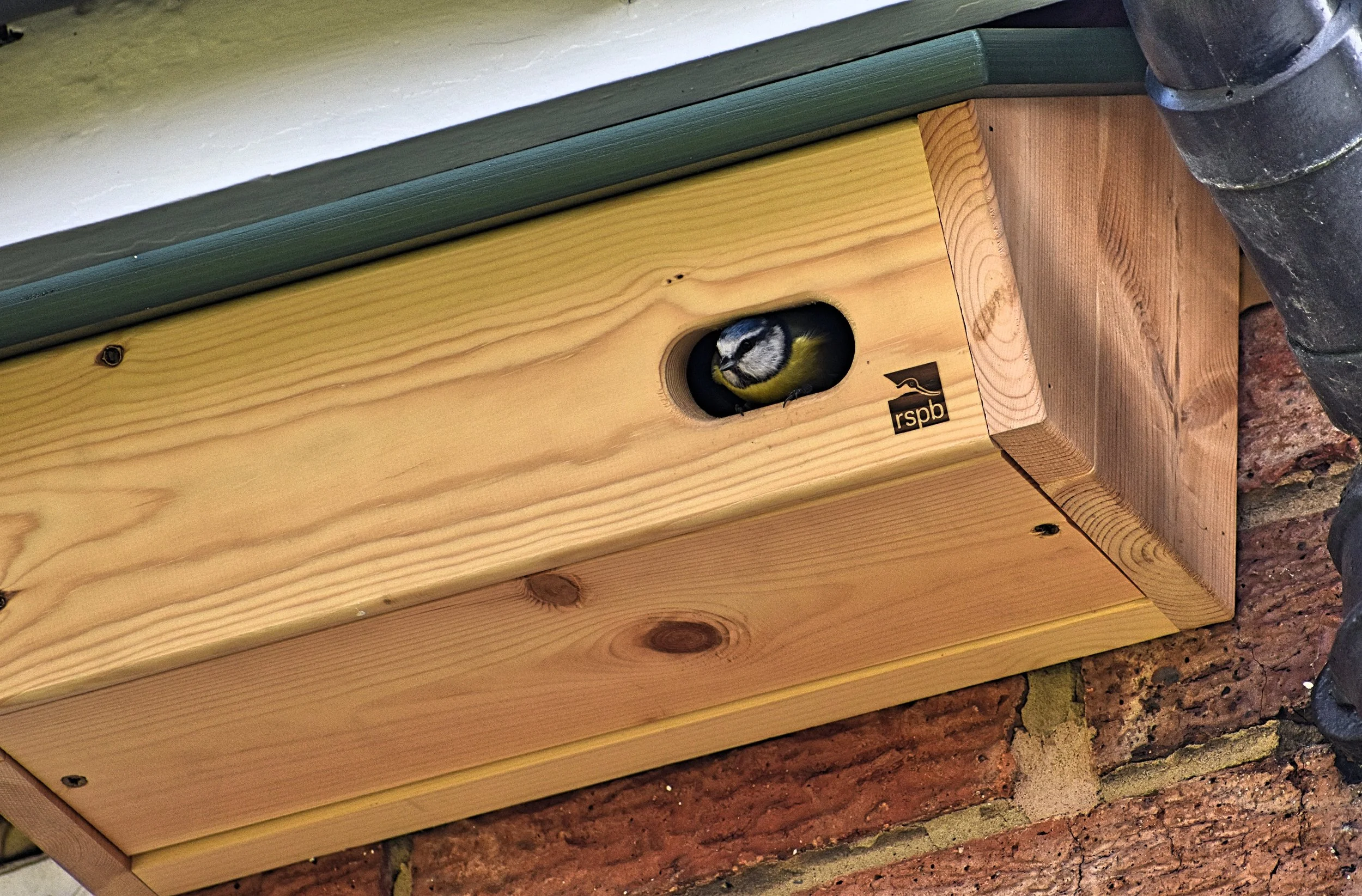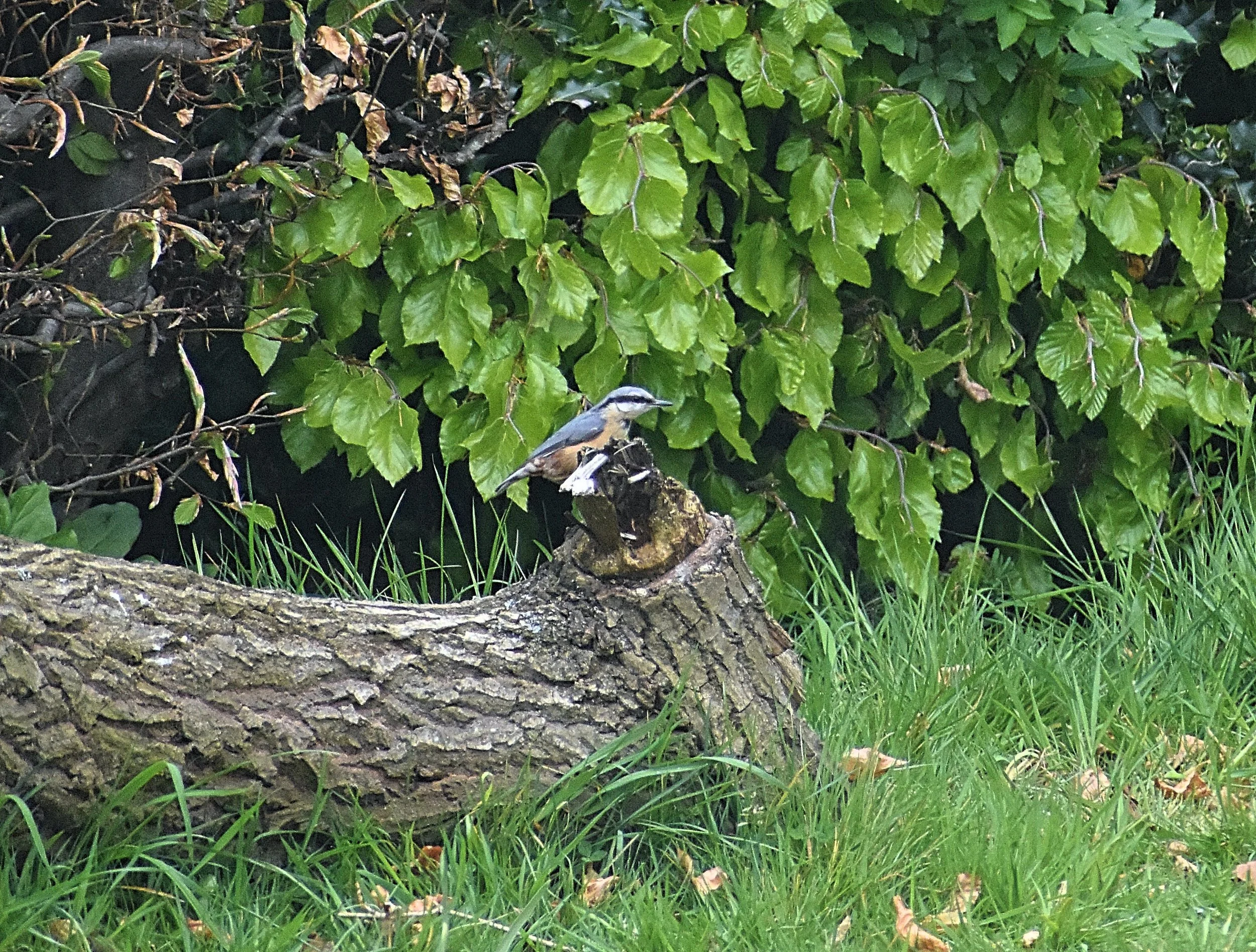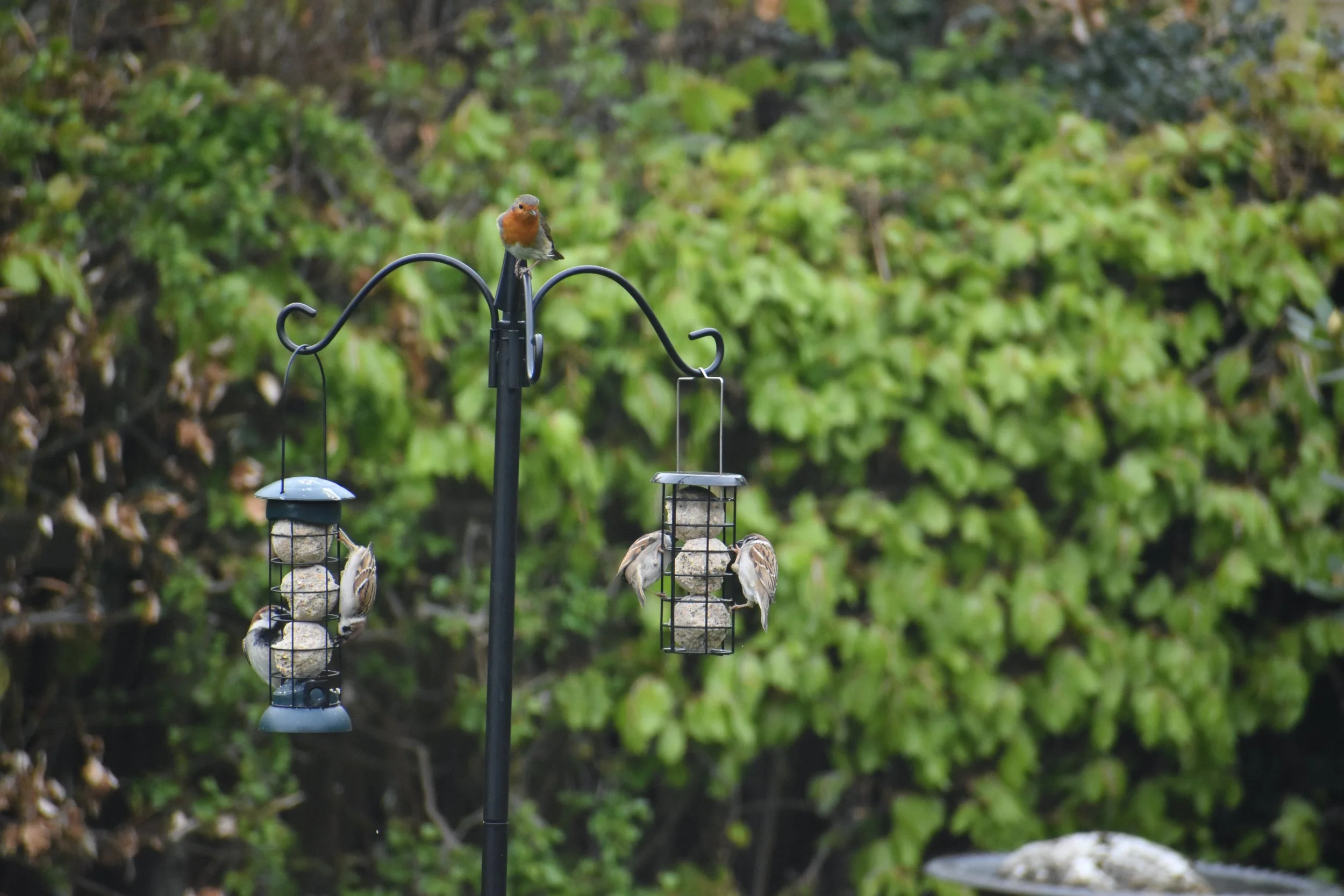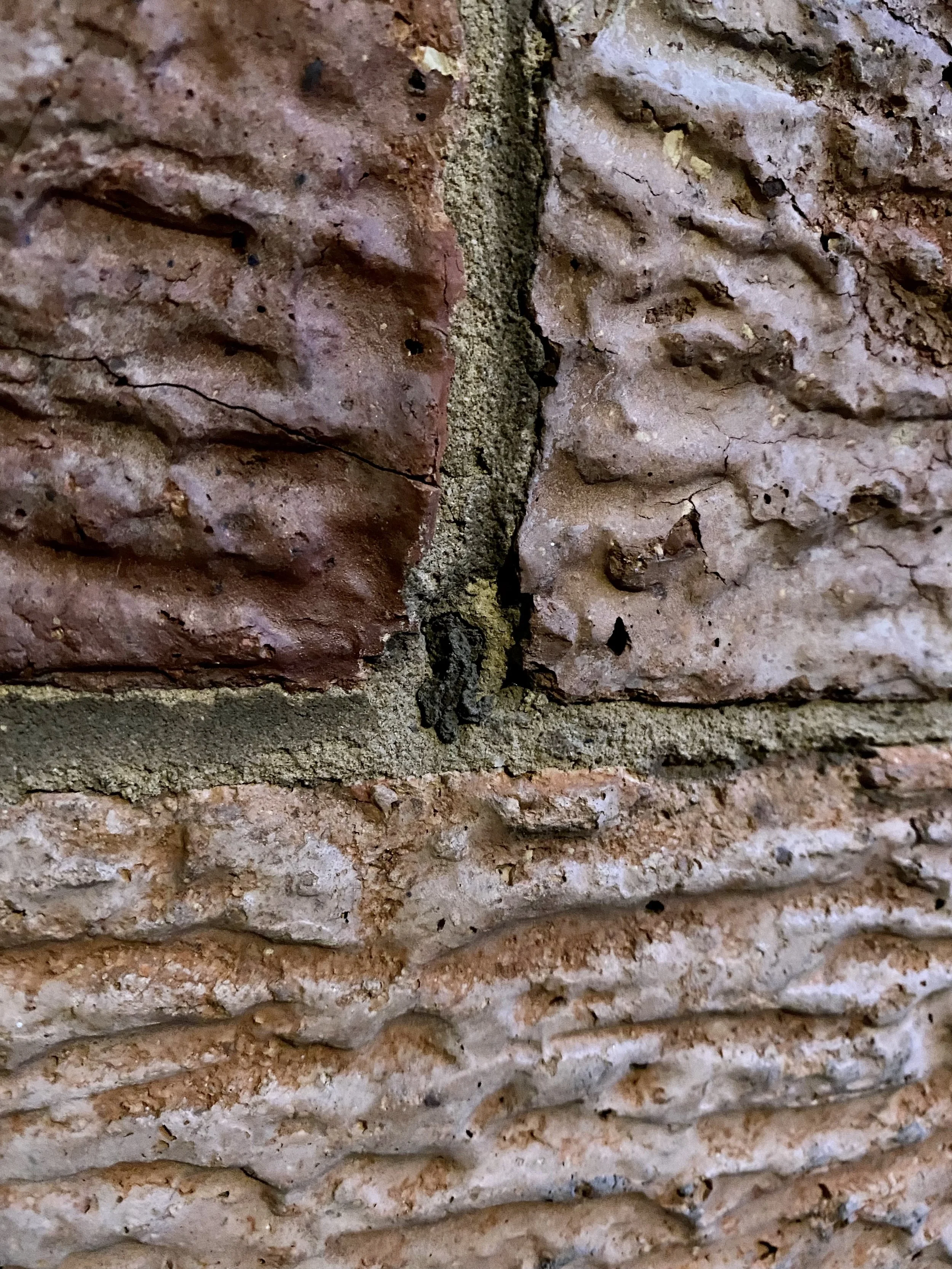This time around, I am fortunate enough to be writing from the rugged charm of Machrins on Colonsay, a small and remote island within the inner Hebrides of Scotland, just north of Islay and south of Mull. It is tempting to write about nothing else other than this very special little island, but more on that next time as this journey isn’t yet complete.
The interim between ‘Newtopia’ and present kicked off with a trip to New York City in April and even in one of the largest metropolises in the world, nature and wildlife could still be found. In the wilder looking North Woods of Central Park, we witnessed bountiful Blue Jays - a Native American symbol of good luck, rubescent Northern Cardinals, the sublimely named Yellow-bellied Sapsucker, North American native Brown Creepers, regal Red-tailed Hawks and the occasional Eastern Chipmunk. Spring flora was on the rise throughout the area and from Hoboken to the Upper East Side, a plethora of cherry blossom provided the ultimate backdrop.
The beginning of spring in Central Park, New York.
A vibrant Eastern Redbud (Cercis canadensis).
A cherry blossom display in Central Park.
The seedpod of an American Sweetgum tree (Liquidambar styraciflua).
Park residents. Sparrow and American Robin.
A Grey Squirrel in its native land.
This field guide proved very useful when exploring the big apple.
Back on our side of the pond, there has been some intriguing developments in the garden. The Palmate Newts seem to be going from strength to strength and I am hoping for some eft sightings in the near future. No glimpses of the Palmates ‘smoother’ cousin, but I would hazard a guess at a population size of around twenty of the aforementioned. They are often active in the late afternoon sun, surfacing for air and feeding on the abundance of Midge Larvae. Perhaps the most endearing experience that I have had though was spotting a mating ritual amongst the submerged Milfoil plants, with the males rapidly flicking and quivering their tails in the hope of attracting a female.
A Palmate Newt mistaking a leaf for food.
Water Crowfoot in flower.
The pond has proved a frequent watering hole for Starlings, Grey Squirrels, Robins, Thrushes, Corvids, Dunnocks and a Badger and the marginal plants are all now starting to flower. Not only is this providing a key source of nectar and pollen, but the Water Forget-me-nots are the ideal vessel for newts to lay on as the female will carefully wrap up her singular egg with the folded up foliage. Iris Laevigata, Brooklime, Ragged-Robin and Water Crowfoot are also blooming and I am now just waiting on the Marsh Marigold cover on the pond shelf to follow suite. Sequentially, I am holding out for Odonata to find their way to our humble pond at the bottom of the garden, as I have seen Large Red Damselflies in flight around the local area.
The pond is the lifeblood of the garden in sustaining a variety of wildlife.
Ragged-Robin (Silene flos-cuculi).
A purple Water Iris and Water Forget-me-nots in the background.
Song Thrush (Turdus philomelos).
I was well and truly mind-blown last week as I looked out of the window to fortuitously catch sight of a male Sparrowhawk in hot pursuit of a Pipistrelle Bat at dusk. Tight swerves and quick turns were not enough to see the bat become prey as the expert echo-locator seemed to toy with its ferocious hunter. Never before have I witnessed this coming together of navigators, and although apparently a fairly common interaction, it was a real moment of exhilaration for me. Far too quick for to snap though!
It has been reassuring to observe so many Pipistrelles feeding on invertebrates over the hedgerow on an evening lately, and it seems that not even the Cockchafers, who I have found feeding on the blossoming Crab Apple are safe.
The nest box at the far end of the garden is now occupied by a pair of Blue Tits as is the in comparison, huge Swift box in the eaves of the house. Perhaps the Swifts need to arrive back in the UK a little earlier in 2023 to book themselves a spot. Pairs of Great Tits, Robins and Collared Doves have visited our patch repeatedly and the feeders have been teeming with a hotchpotch of avians, including Great Spotted Woodpeckers. The placement of a short bird table underneath the standard feeders has been vital in enabling birds such as Blackbirds and Nuthatches to pick up the scraps.
Swift nestbox - so what.
Nuthatch (Sitta europaea).
A ground-feeding pair of Collared Doves picking up the discarded seeds from the feeders.
Fully occupied.
Food for thought.
A small hole in the brick mortar at our front door revealed a nice surprise the other day as I noticed a solitary female Red Mason Bee emerging and working tirelessly in building a row of nesting cells for each of her eggs within the cavity. Once she finishes with lining each cell with mud and pollen and there is no space left, she will then complete her life cycle by sealing the entrance hole with mud, ready for the larvae to hatch and pupate through the autumn.
Isn’t nature just wonderful.
The Mason Bee nest hole. Signed, sealed, delivered.
The clear-cut winner of this months’ star of the show award though, is a peaceful alliance between two of the most captivating mammals you will find on these shores. Me being me, I was thrilled to find some sausage shaped excrement on the garden ‘lawn’ of late. Full of insects and around 5cm long, this could signify only one thing - a Hedgehog. Whilst there is undoubtedly a consistent food source in the garden and nearby dene, there has been a sequence of dry days over the last couple of weeks so I decided to put out a shallow bowl of water, a little Hedgehog food and my trusty trail cam to see exactly who the culprit was.
That night around 10pm I had a quick check out of the patio doors to see if the hog had decided to show. Needless to say, I was absolutely gobsmacked to see not only a Hedgehog, but a Hedgehog waiting patiently by the food bowl for a Red Fox to finish its supper first. Luckily, there was just enough light left to almost illuminate its stunning reddish-brown hue. The Fox in question can be easily identified by the little notch in its right ear, meaning I can be confident that we are regularly attracting the same cunning vulpine.
Almost every night since, they turn up around the same time to forage in the garden and take turns to share food from the bowl, although the Fox has been known to devour the lot from time to time, leading to the hog arriving slightly earlier sometimes to jump the queue. Since then I have added a feeding station for the Hedgehog so that it can, if it wants to, eat in peace. But to be honest, they seem just fine sharing the dining table.
After all, what’s a biscuit or two amongst friends anyway.
Enjoy.


